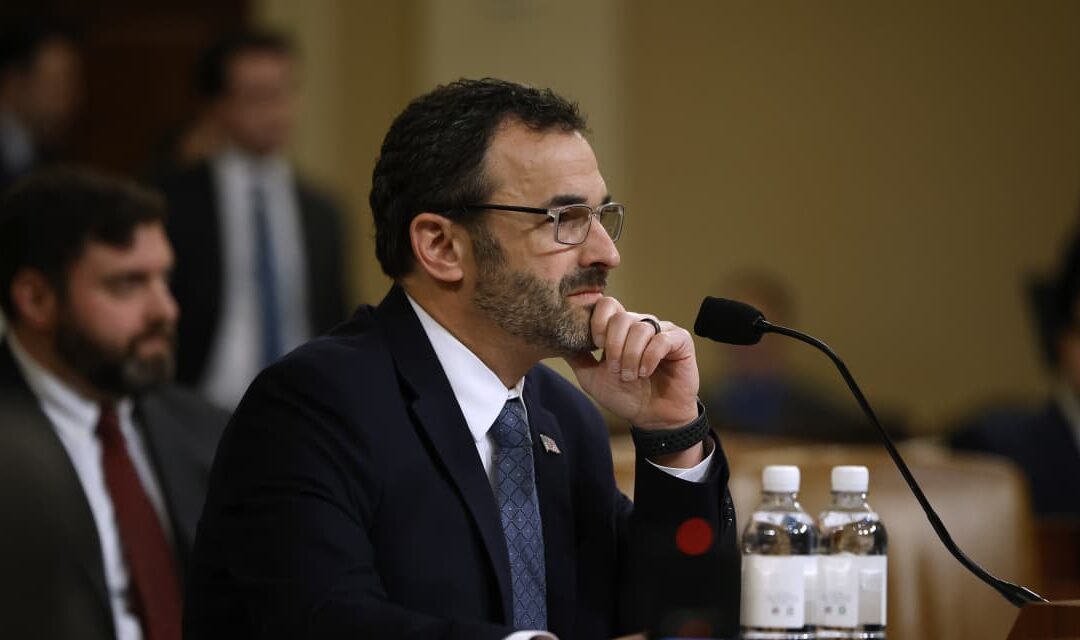As millions of people in the U.S. file their annual income-tax returns, the Internal Revenue Service is telling millionaires who haven’t filed in years that they had better get to it.
The IRS says it’s starting to send out more than 125,000 notices about unfiled tax returns to high-income households. According to its conservative estimates, those unpaid taxes could amount to hundreds of millions of dollars.
Thursday’s announcement is another IRS bid to improve compliance among high-income taxpayers after an infusion of funding from 2022’s Inflation Reduction Act.
More than 100,000 of the notices are going to households with income estimated to be between $400,000 and $1 million, while more than 25,000 notices are bound for households with at least $1 million in income.
The notices, which will start being mailed this week, are in some cases regarding income tax returns that should have been filed in 2018.
The IRS knows about the unfiled returns because it already has certain tax forms from third parties, IRS Commissioner Danny Werfel said.
“The IRS knows who these nonfilers are,” he said, and the third-party forms indicate “these people received significant income but failed to file a tax return.” Altogether, the third-party forms suggest more than $100 billion in financial activity that hasn’t been recorded in a tax return, the IRS said.
Because of shrinking IRS staff and budget capabilities over the years, the program targeting nonfilers “has only run sporadically since 2016,” Werfel said.
Sending out notices about unpaid taxes is the easy part. The hard part is the back-and-forth correspondence with taxpayers and their representatives after the notices go out, Werfel explained.
The IRS has hired between 5,000 and 7,000 new staff members to provide customer service and account management since the passage of the Inflation Reduction Act and has also added extra staff for collections, he noted.
“For nonfilers, this isn’t going to get better with time,” Werfel said. “People receiving these letters should take immediate action to avoid additional follow-up notices, higher penalties as well as increasingly stronger enforcement measures.”
These very tardy taxpayers could face failure to file penalties, failure to pay penalties — plus interest — and even enforcement steps including tax liens. There’s typically an eight-week window after receiving the letter during which taxpayers need to come back with a tax return, Werfel said.
The announcement is the latest chapter in the agency’s efforts to crack down on tax evasion at the top of the income ladder, from businesses as well as high-net-worth households.
The IRS has already been putting more focus on collecting unpaid back taxes from wealthy households. It has collected nearly $500 million in delinquent taxes on undisputed tax debts based on already filed returns.
Last week, the agency said it will audit several dozen companies and partnerships about write-offs claimed for company jets. That’s in addition to a different batch of audits for corporations and partnerships that the IRS has announced.
Failure to file tax returns can become a criminal offense in more extreme cases, Werfel said. “We work with taxpayers and there’s many, many steps in the process, typically, before we get to a criminal outcome,” he said.
In fiscal 2023, the IRS’s criminal-investigation division started 251 investigations into nonfiler cases, according to an annual report. Nonfilers convicted on criminal charges and sentenced last year were ordered to serve 28-month prison terms on average, the division’s report said.









